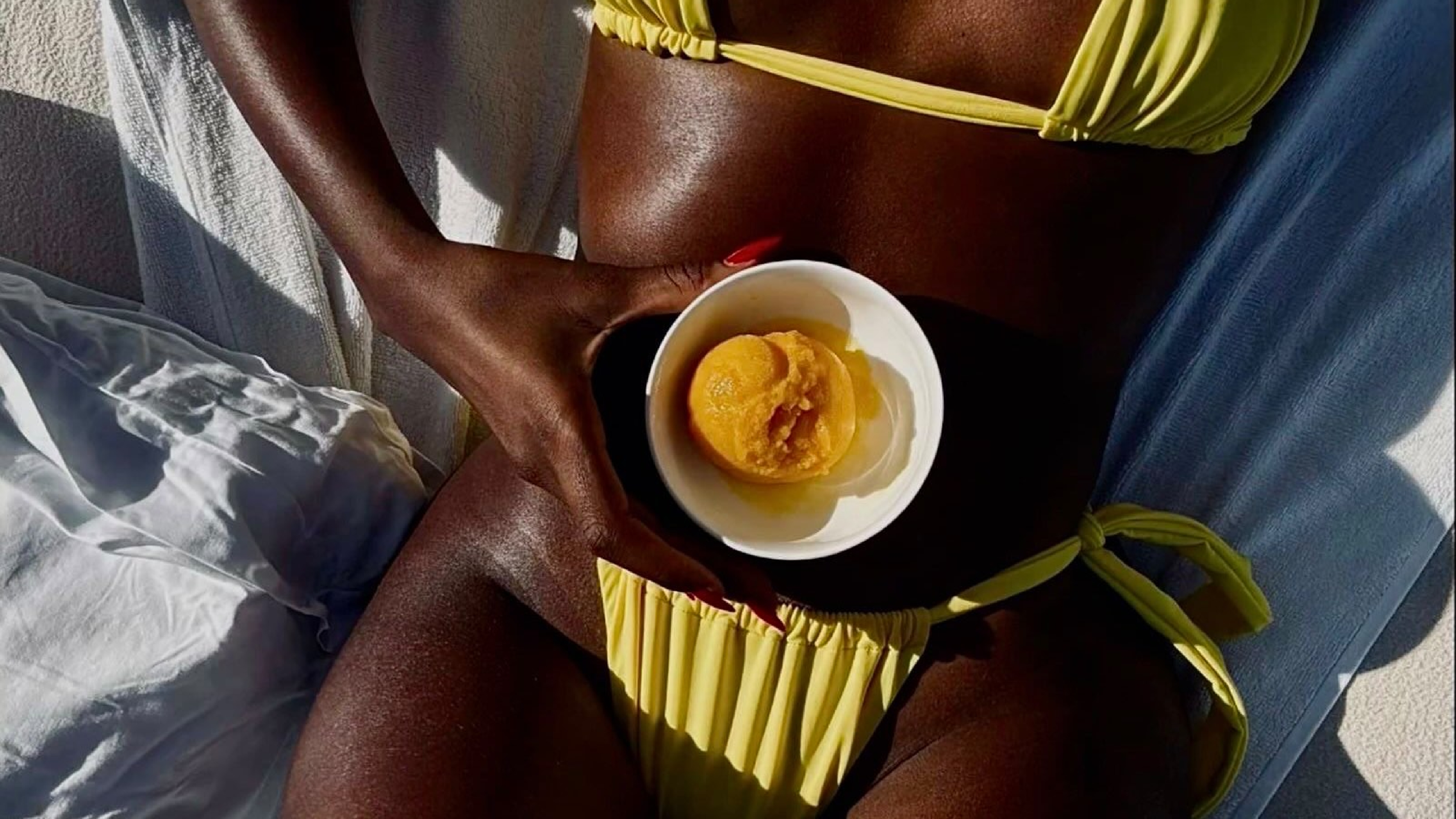In the era of social media superstardom, the line between "influencer" and "creator" was once easy to blur. Both terms conjured images of polished, photogenic individuals sharing their lives, products, and passions to captive online audiences. Today, however, that line has not only sharpened but has grown into a vast divide. Increasingly, brands, audiences, and the creators themselves are beginning to see that “influence” and “creation” are not as synonymous as they once appeared. This shift has placed creators in a unique position: while influencers might boast larger audiences, it’s often the creators—those who have perfected a craft, cultivated a genuine following, and offer a sense of depth—who now hold true influence.
For years, audience size was the undisputed currency of social media success. The larger the following, the greater the assumed influence, the thinking went. But audiences today, especially Gen Z and millennial consumers, have grown more selective and sceptical, developing what some analysts call “influencer fatigue.” Studies have shown that younger audiences are increasingly hesitant to trust the mega-followed accounts, whose feeds are crowded with sponsored posts that often lack genuine personal endorsements. In a recent YPulse survey, for instance, 61% of consumers aged 13 to 39 reported distrusting influencers who post too many ads, reflecting a desire for more honest, intentional content.

So where does this leave the creator? While influencers may have the numbers, creators often have the skill, focus, and authenticity that audiences crave. These are individuals known not just for sharing polished selfies or high-octane travel shots but for their commitment to a particular craft or cause. Take digital artists, niche chefs, or sustainable fashion advocates—creators whose influence is rooted in their expertise rather than their follower count. The creator doesn’t just promote a product; they educate, entertain, and elevate their audience’s understanding of a subject. Unlike traditional influencers, who often curate a lifestyle, creators build communities around shared values and interests, wielding a quieter but ultimately more impactful kind of influence.
This widening gap has practical implications, especially for brands recalibrating their digital marketing strategies. The days of celebrity-level influencers wielding unfettered power to drive consumer spending are giving way to more nuanced brand partnerships, with creators leading the charge. Take beauty brands as an example: while mega-influencers can still spark trends, brands like Glossier and Fenty are tapping niche beauty creators to introduce products to audiences who want expertise as much as they want inspiration. When partnered with creators, brands gain access to more targeted and loyal followings, often seeing increased brand loyalty and engagement over the long term. Brands are realising that creators’ smaller yet highly dedicated followings offer not just reach but resonance—a crucial difference when attention is increasingly difficult to sustain.
One factor driving this shift is the quality and depth of the relationship between creator and audience. Where influencers often prioritise visibility and entertainment, creators focus on value. Consider the success of long-form platforms like YouTube, where creators share tutorials, behind-the-scenes processes, and genuine, in-depth reviews. Creators on such platforms engage with viewers through rich content that inspires loyalty and establishes trust. For instance, creators in the wellness space might deliver extensive, research-backed insights into skincare or nutrition, while travel creators document the hidden intricacies of destinations through well-researched guides and recommendations. The result is a connection built not on fleeting trends but on meaningful exchanges of knowledge and experience.

For creators, the pursuit of influence over audience size comes with unique rewards and challenges. Unlike influencers, whose income may rely heavily on ad-driven partnerships and paid promotions, creators often seek alternative revenue streams that preserve their independence and credibility. Platforms like Patreon, for example, enable creators to bypass traditional sponsorships altogether, allowing fans to contribute directly to their work. This direct-support model not only builds a closer relationship with their audience but also reinforces the creator’s dedication to authenticity—a key difference from the highly commercialised influencer landscape. Similarly, newsletters have become a space for creators to connect with smaller, deeply invested audiences who subscribe to gain expert insights, rather than fleeting product endorsements.
Ultimately, the power dynamics of influence are shifting in response to a more discerning audience that craves quality over quantity and values passion and authenticity above sheer popularity. The rise of creators marks a subtle yet significant transformation in the digital world, reminding brands, platforms, and audiences alike that influence is earned, not bought. As this creator-first mindset continues to evolve, it signals a reimagining of the online landscape—one where the true power lies not in massive followings, but in the meaningful impact that creators can make, both within and beyond their communities.






.svg)


.svg)
.svg)






